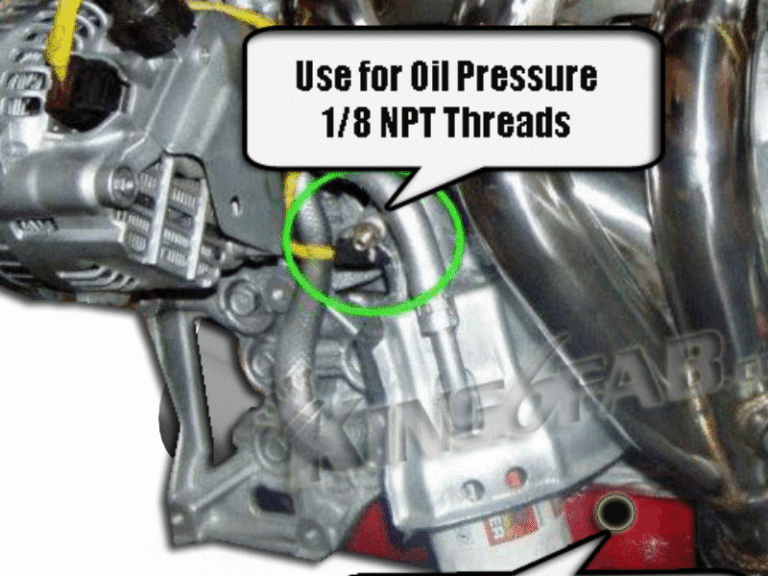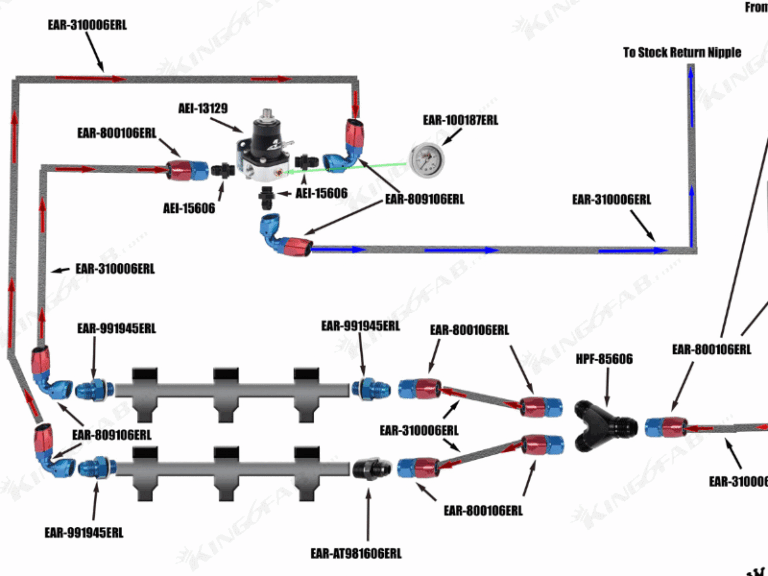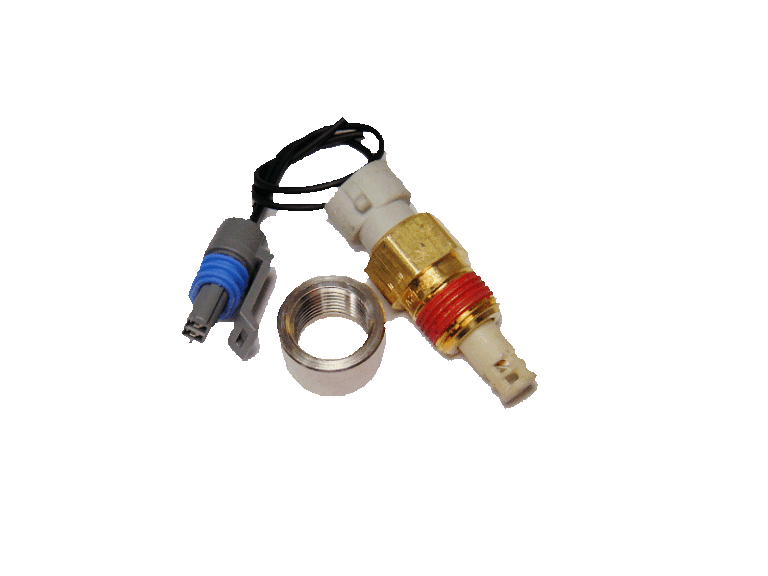You will need to decide your method of cooling the air charge, it's not absolutely necessary, but is essential for increased power and engine reliability. Adding a turbo to your vehicle creates some major issues that can be disastrous if not setup correctly. First, the turbo compresses the air, this results in a hotter air charge just from the air compression alone. Second, more air in the intake requires additional fueling. The risk of hotter air charge and under fueling is the perfect storm for detonation which will destroy an engine, combined with advanced timing and the risk increases substantially.
If your are planning to run no more then 5psi of boost, you likely can get away without any air cooling just fine. I would recommend option 3 however for increased protection and power.
The bonus to air cooling, other then safety.. is increased power. I won't get into details of the power benefits, information can be found by any google search, but the substantial power increase can be felt immediately with a air cooler / methanol injection setup.

Intercooler Types
A front mount inter-cooler is the most common option, it offers the benefit of cooling just from the vehicle moving. ,Outside air from in front of the vehicle is drawn thru the intercooler, much like a radiator and cools the heat ex-changer fins attached to the plates, thus reducing the air temp as the turbocharged air is pushed thru the inter-cooler plates.
There are many types of intercoolers, here are 2 basics to look for.
1.Tube and Fin Design, this is mostly found on stock turbo charged vehicles, its an inefficient and cheap design.
2. Bar and Plate, this design is best for air flow, usually cost more and can be made in many styles.
Pro’s
1. Requires no power to work and therefore is easy to set up.
2. Requires no liquids to work and therefore no chances for leaks .
3. Doesn’t suffer from heat-soak as long as the intercooler is seeing good airflow.
Con’s
1. Efficiency is only as good as the ambient air temperature.
2. Efficiency is only as good as the amount of airflow the intercooler see’s.
3. Cannot be mounted anywhere, since it must be mounted in a location to see airflow.

Water to Air Intercooler
This option allows for less intake piping, witch on certain applications will reduce cost and complexity, as it can be routed direct from the turbo to your throttle body. However, it will also require additional accessories such as a heat exchanger and water pump. The heat exchanger will need to be mounted somewhere that it can receive air flow such as in a location of a front mount intercooler.
receive air flow such as in a location of a front mount intercooler.
Intercooler Piping
If your going to be adding a inter-cooler, the next thing to consider is inter-cooler piping size. On the King6 Turbo Mx6 I initially designed it to be 2.0in from the turbo then transition to 2.5in to the inter-cooler, then transition back to 2.0 in out of the inter-cooler and back to 2.5in to the throttle body.
This design had its reasons that were primarily about fitment and cost, but was also a sacrifice in how air flows creating bottle necks in the system.
In 2018 I changed the design to be 2.5″ from the turbo all the way to throttle body and has resulted in quicker turbo spool ups and power band.
I recommended 2.50in piping full on any setup, with as little tight bends as possible. Below are photos of the current setup.











